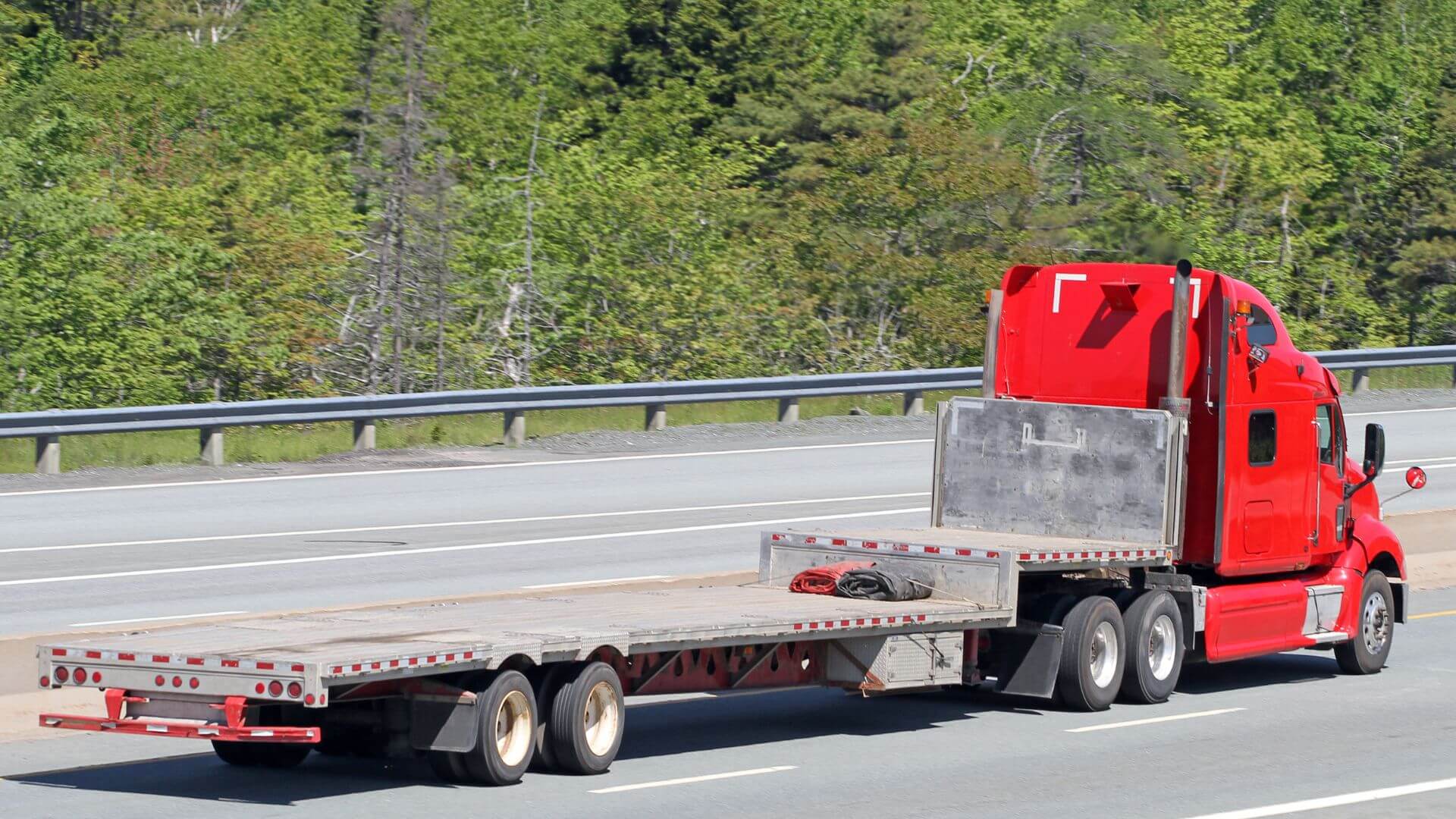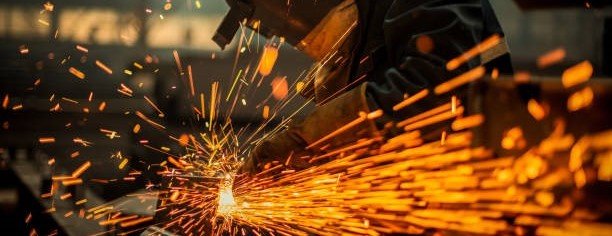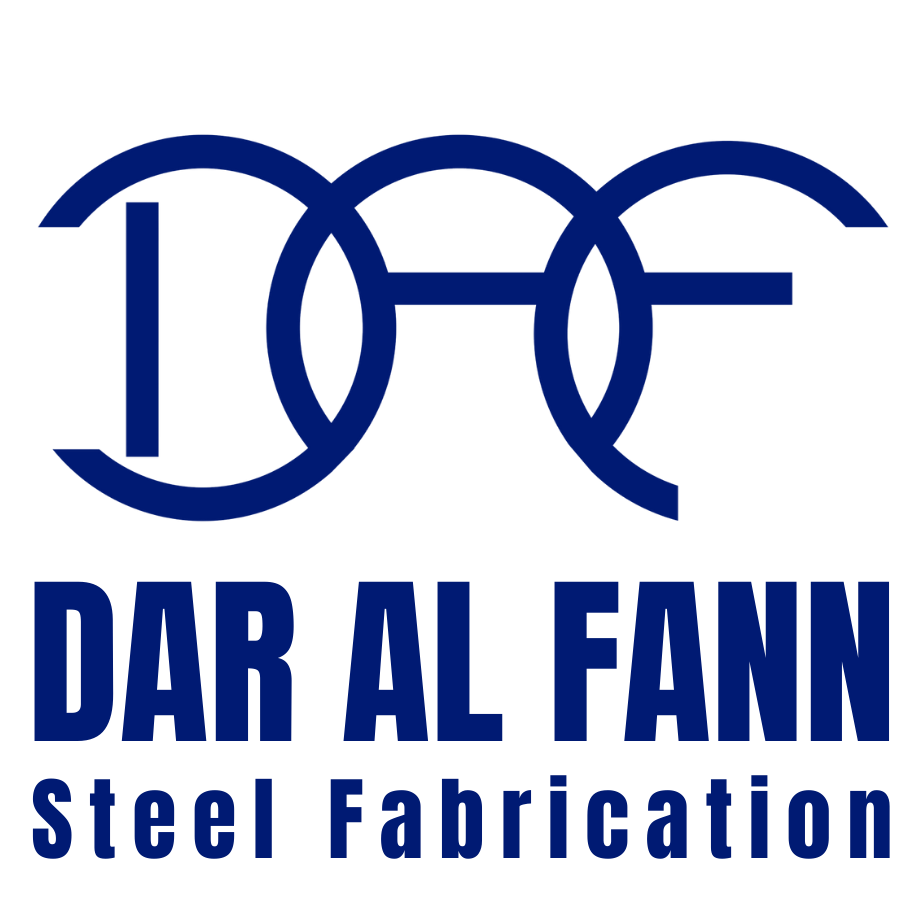
Best Practices in Designing Vehicle Bodies for the UAE Market
Designing vehicle bodies for the UAE market requires a careful balance of durability, functionality, and compliance with local regulations. The harsh climate, diverse terrain, and evolving industry demands make it essential for manufacturers and fleet operators to adopt best practices that ensure performance and longevity. In this blog, we explore the key best practices in vehicle body design specifically tailored for the UAE market.
1. Understand the UAE Environmental Conditions
The UAE experiences extreme temperatures, high humidity, dust storms, and salty coastal air, all of which can affect vehicle body materials and finishes. Designing with these factors in mind ensures longer service life and reduced maintenance.
- Use corrosion-resistant materials such as galvanized or stainless steel.
- Apply high-quality, UV-resistant coatings and paints to protect against sun damage.
- Incorporate dust seals and ventilation to minimize dust ingress.
2. Comply with Local Regulations and Standards
The UAE has strict vehicle dimensions, weight, and safety standards enforced by authorities like the Roads and Transport Authority (RTA) and local municipalities. Compliance is mandatory for legal operation and insurance coverage.
- Design vehicle bodies to fit within allowed height, width, and length limits.
- Incorporate mandatory safety features such as reflectors, side guards, and lighting systems.
- Ensure vehicle weight distribution meets axle load regulations.
3. Optimize for Operational Efficiency
Vehicle bodies should be designed to maximize cargo capacity while maintaining maneuverability, especially in urban areas like Dubai and Abu Dhabi where space is limited.
- Design streamlined bodies to reduce wind resistance and improve fuel efficiency.
- Use modular interiors or adjustable compartments for versatile cargo handling.
- Incorporate ergonomic loading features such as ramps and lift gates.
4. Prioritize Durability and Robustness
Given the heavy use and challenging conditions, vehicle bodies in the UAE must be rugged and durable.
- Use reinforced frames and panels to withstand impacts and vibrations.
- Select wear-resistant flooring materials, especially for cargo areas.
- Ensure joints and welds are of high quality to prevent structural failure.
5. Consider Climate Control and Insulation
For vehicles transporting temperature-sensitive goods, such as food or pharmaceuticals, specialized insulated bodies or refrigerated units are essential.
- Use high-performance insulation materials to maintain temperature stability.
- Incorporate efficient cooling systems suitable for UAE's hot climate.
- Ensure airtight seals to prevent heat ingress and moisture accumulation.
6. Incorporate Safety and Accessibility Features
Safety for operators and cargo is a top priority in vehicle body design.
- Install anti-slip surfaces and safety rails in loading areas.
- Provide adequate lighting and visibility aids for night operations.
- Ensure easy access through strategically placed doors and steps.
7. Leverage Advanced Materials and Technologies
Modern vehicle bodies benefit from innovations that reduce weight and improve durability.
- Use lightweight alloys or composites to reduce vehicle weight and improve fuel efficiency.
- Incorporate corrosion-resistant coatings and treatments.
- Consider smart features such as GPS tracking mounts or telematics integration points.
8. Plan for Maintenance and Serviceability
Design vehicle bodies for ease of maintenance to reduce downtime and repair costs.
- Ensure easy access to components that require regular inspection or servicing.
- Use standardized parts and modular components for quick replacements.
- Design with durable finishes to minimize repainting and corrosion repairs.
Conclusion
Designing vehicle bodies for the UAE market demands attention to environmental challenges, regulatory compliance, operational efficiency, and durability. Following these best practices helps manufacturers and fleet operators create vehicles that perform reliably, safely, and cost-effectively in the demanding UAE environment.
Whether you are building new fleets or upgrading existing vehicles, partnering with experienced UAE-based fabricators who understand these requirements is key to success.

